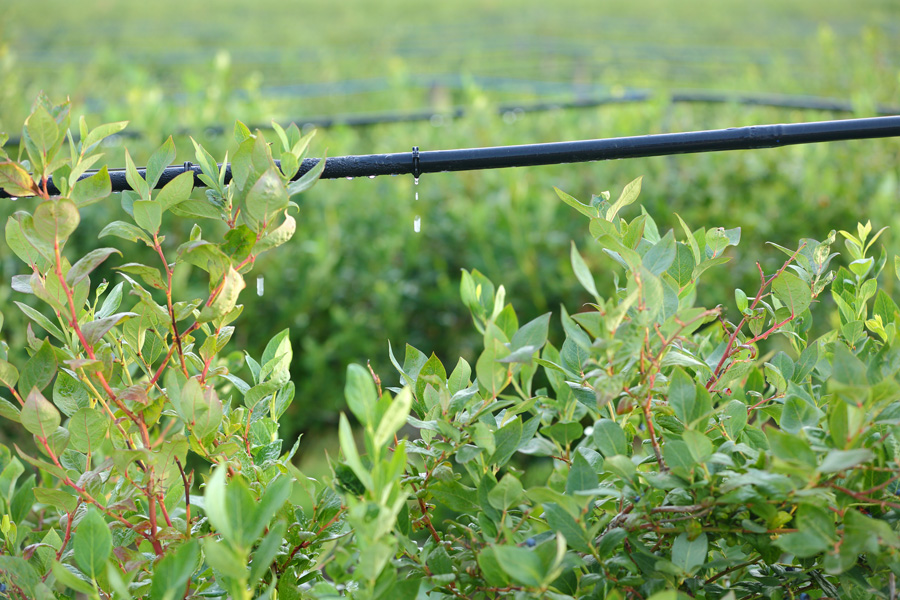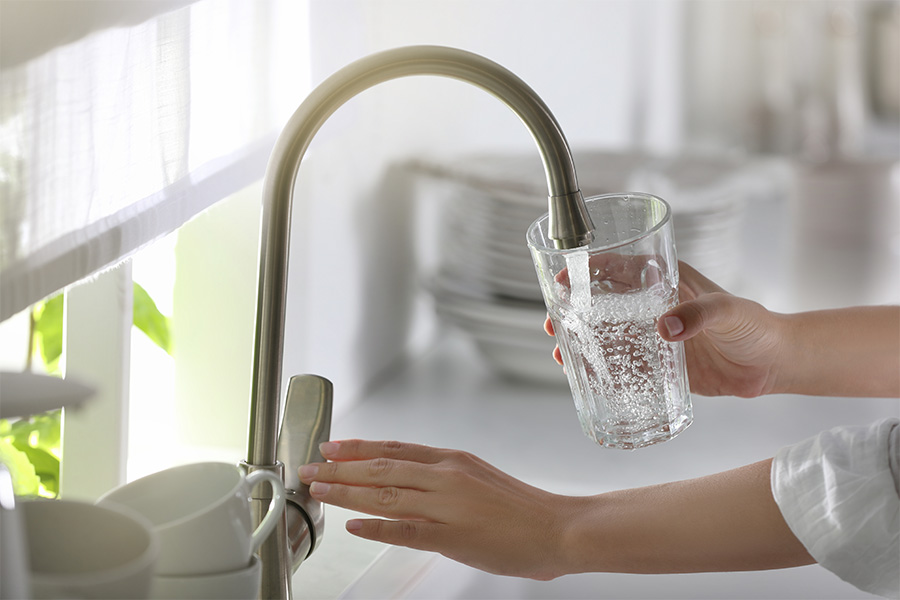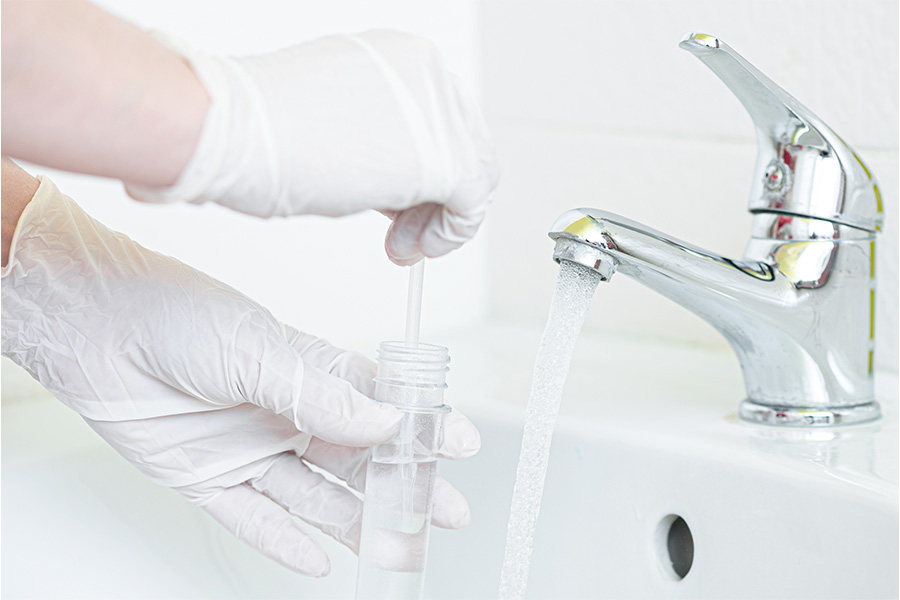Agricultural and Environmental Services Laboratories
-

This circular is a review of water quality standards, calculations, and recommendations for water that will be used for irrigation of blueberries.
Gary L. Hawkins, Uttam K. Saha, Wesley Porter, Zilfina Rubio Ames, and Glendon H. Harris
|
-

This bulletin is an educational reference for those who are interested in animal feeding and nutrition. It defines common terms used when discussing or reading about animal feeding and nutrition.
Uttam K. Saha and Lawton Stewart
|
-

C 858-12
Arsenic in Your Water
Arsenic in your drinking water poses a threat to your health. Since private systems are more susceptible to arsenic than public water systems, private well owners should take steps to guard their health. Measures include routine water supply testing and wellhead maintenance and protection.
David E. Kissel Ph.D, Uttam K. Saha, and Leticia S Sonon
|
-

This publication explains how to identify and remove hydrogen sulfide and sulfate from household water.
David E. Kissel Ph.D, Pamela R. Turner, Uttam K. Saha, Jake Mowrer, and Leticia S Sonon
|
-

C 858-3
Home Water Quality and Treatment
The quality of your water supply can have both an immediate and a prolonged effect on the health of your household. Many Americans, especially those dependent upon well water, assume that their water is safe and healthy. Unfortunately, this is not always the case. This publication contains basic information about home water quality and treatment.
David E. Kissel Ph.D, Pamela R. Turner, Uttam K. Saha, and Leticia S Sonon
|
-

C 858-11
Iron and Manganese
Elevated levels of iron (Fe) and manganese (Mn) are two of the most common water quality problems in Georgia’s groundwater. This circular addresses problems associated with high levels of these two elements, levels considered to be a problem, and treatment options to remove the iron or manganese.
Pamela R. Turner, Uttam K. Saha, Rick Smith, Jake Mowrer, and Leticia S Sonon
|
-

C 858-2
Testing for Water Quality
The quality and safety of drinking water is of great concern to many Americans today because of an increased interest in health and environmental quality. This new focus on water quality has led many Americans to consider testing their water. This publication is intended to help you understand water testing and to identify the tests needed.
David E. Kissel Ph.D, Pamela R. Turner, Uttam K. Saha, Jake Mowrer, and Leticia S Sonon
|
-

If you are one of the many Americans who use groundwater for drinking,
the proper protection of your well and wellhead is essential for the health of your family, yourself and your neighbors. This publication contains information about protecting your well and wellhead from contaminants.David E. Kissel Ph.D, Pamela R. Turner, Uttam K. Saha, and Leticia S Sonon
|
-

C 858-8
Hydrogen Sulfide and Sulfate
This publication describes hydrogen sulfide and sulfate and its effects on household water quality.
David E. Kissel Ph.D, Pamela R. Turner, Uttam K. Saha, Jake Mowrer, and Leticia S Sonon
|